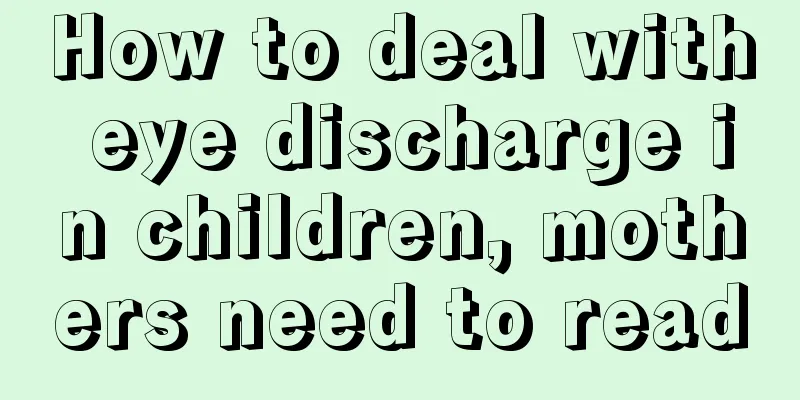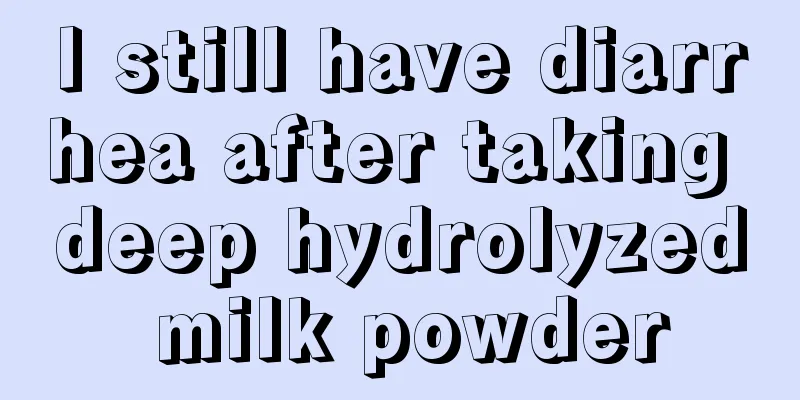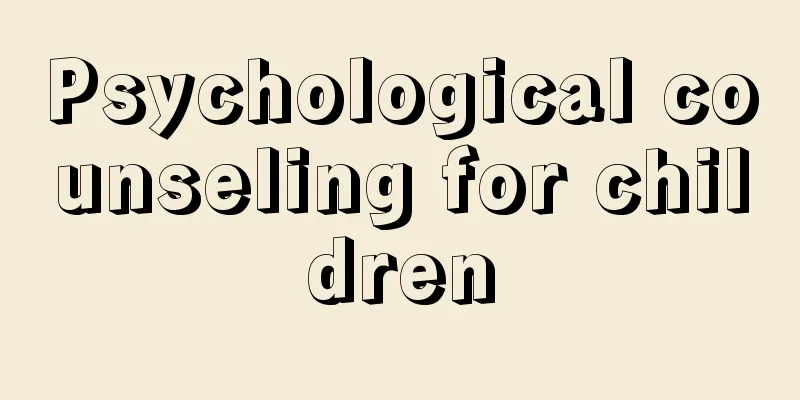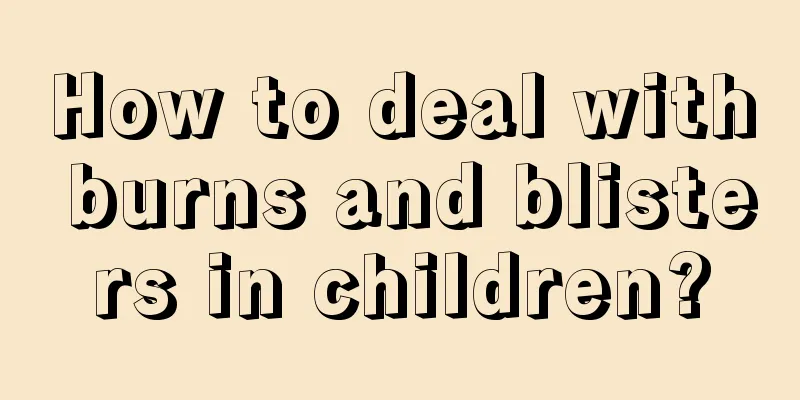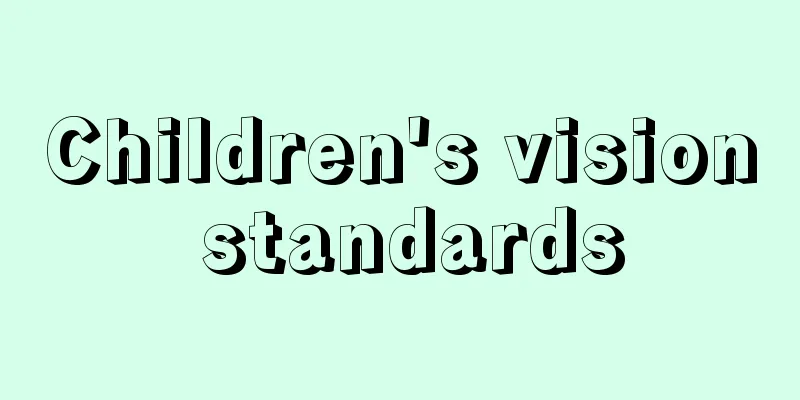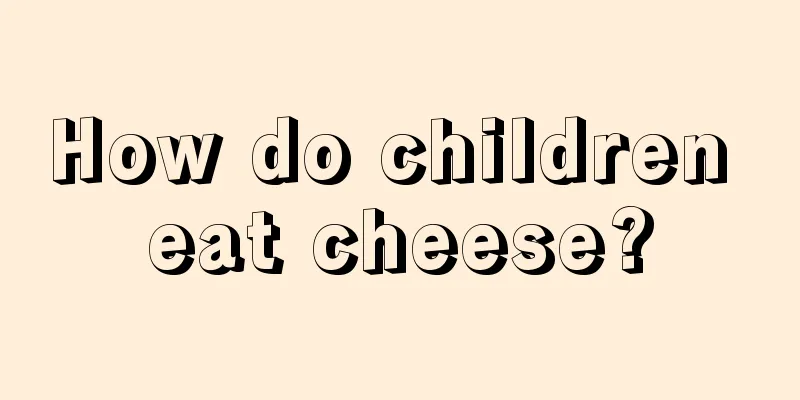At what age is it normal for children to change their teeth?
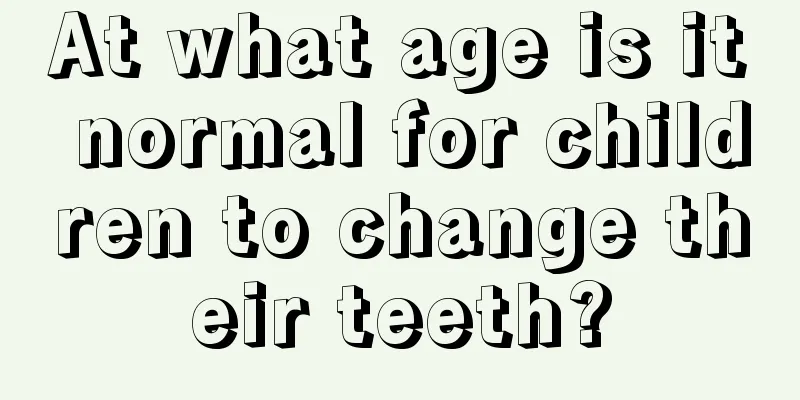
|
When a child is seven or eight months old, his or her deciduous teeth will begin to grow one after another. However, the deciduous teeth will not accompany the child throughout his or her life. When the child reaches a certain age, the deciduous teeth will fall off and permanent teeth will grow. However, the time of tooth replacement is different for children with different physiques. Some children may start to change their teeth at the age of four or five, while some children may not change their teeth until they are seven years old. So, when is it normal for children to change their teeth? Children usually start to lose their teeth around the age of 6. The physiological shedding of the first deciduous tooth usually occurs around the age of 6, but it can also occur as early as 4 years old, or as late as 7-8 years old, so there is no need to worry. Naturally fallen deciduous teeth have no roots and the fallen surface appears eroded. Parents should pay attention to observe and not confuse them with broken roots of deciduous teeth. People grow teeth twice in their life, namely deciduous teeth and permanent teeth. There are 20 deciduous teeth, which usually start to erupt around 6 months old and are fully grown at 2-3 years old. There are 28-32 permanent teeth (the number of wisdom teeth is 0-4), which usually start to grow around 6 years old and 28 are fully grown at 12-13 years old (wisdom teeth vary from person to person). Therefore, the tooth replacement period is usually between 6 and 12 years old. There are certain rules for tooth replacement. Simply put, it is a certain time and a certain order, following the principle of "left-right symmetry, first lower and then upper". Left-right symmetry, first lower and then upper refers to teeth with the same name. There are two different opinions about which permanent tooth grows first in children. One is that the first permanent molar that usually grows around the age of 6 grows close to the last deciduous molar, called the sixth-year molar, which erupts slightly earlier than or at the same time as the lower central incisor. Another theory is that children first replace the two middle front teeth in the lower row. Dentists say that this may be different for each child. Children grow upper central incisors and lower lateral incisors at the age of 6-8, upper lateral incisors at the age of 8-9, first and second bicuspids at the age of 10-12, and permanent canines at the age of 10-11. Due to different physical conditions, the time when children change their teeth is also different. Generally, they start to change their teeth at the age of six. It is normal for some children to change their teeth at the age of four or five. However, if the child is already seven years old and has not started to change his teeth, it is important to see a doctor in time to check the child's tooth development problems and then provide timely symptomatic treatment. |
<<: What should I do if my child has extra teeth?
>>: What should I do if my 11-year-old child has recurring fever?
Recommend
The timing of children's tooth replacement
We know that teeth are very important to the huma...
An eight-year-old girl has a lump in her breast
When a little girl is about ten years old, her bo...
What to do if your eight-month-old baby has a stuffy nose
It is normal for children to catch a cold. Someti...
What does rib valgus mean?
The ribs are the most important skeletal system i...
Is it good for children to eat yam?
It is naturally very good for children to eat yam...
One thing you must tell your children, you may not even know
Have you noticed that there is a string of number...
Is it harmful to bathe a one month old baby every day?
New parents are more concerned about the issue of...
4 month old baby convulsions
Every change in the baby after birth is watched b...
Small yellow blisters on the hands of newborns
In our lives, many babies will have small yellow ...
What should I do if my child keeps complaining about eye pain?
Children's eyes are watery, especially clear ...
What is the normal armpit temperature for children?
The normal body temperature of our human body is ...
4 month old baby early education
With the improvement of my country's cultural...
What are the drugs that can enhance children's immunity?
Immunity is very important for children. If a chi...
How to supplement zinc deficiency in babies
Many babies will have symptoms of zinc deficiency...
What to do if a child has acute appendicitis
Appendicitis is a relatively common disease. Alth...
